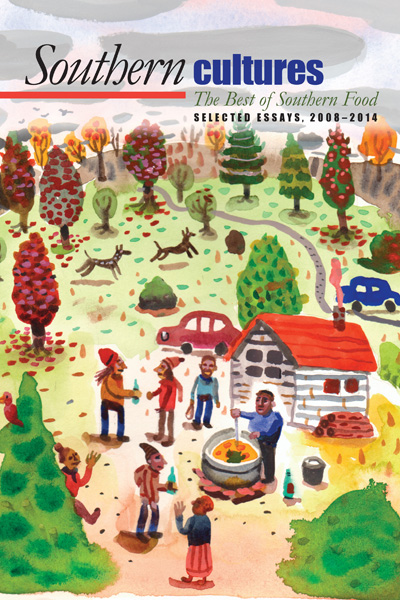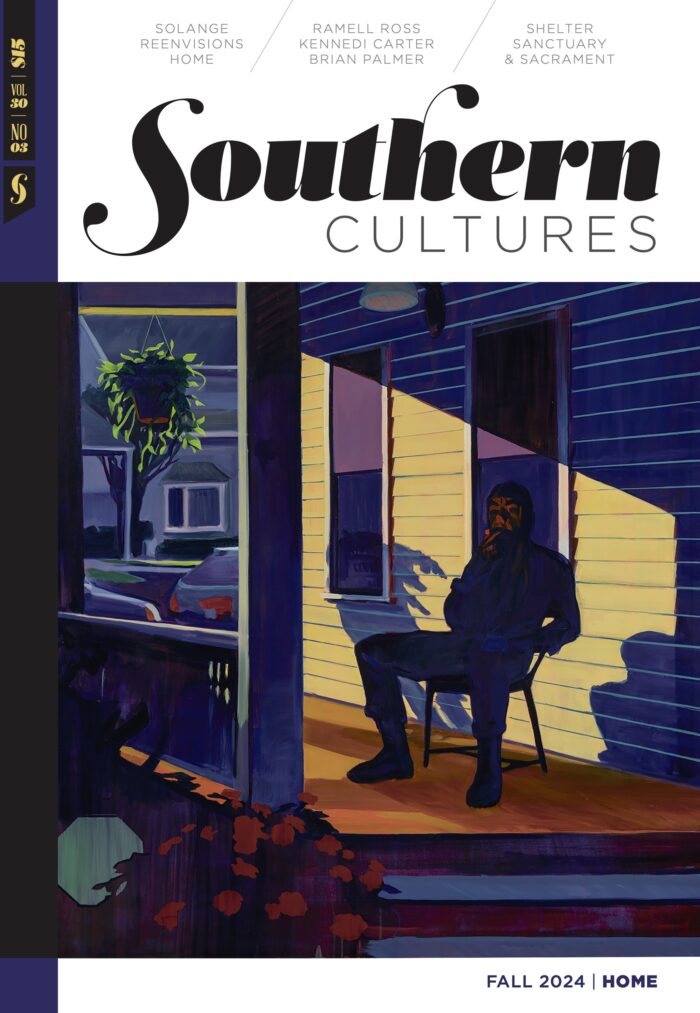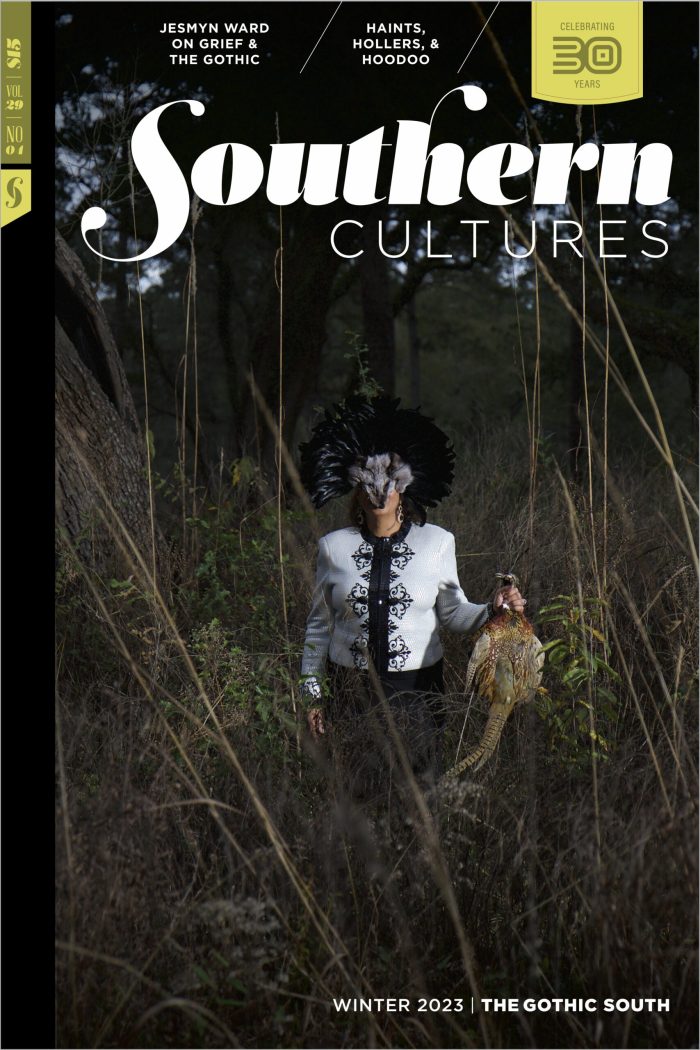by Rayna Green
“They all know, out there in Indian Country, that the loss of traditional diet and the cultural skills needed to maintain it has killed more Indians than Andy Jackson.” Native food is in the news. Every day. All over the country, except in the South, foodies, farmers, chefs, environmentalists, and food writers are excited about »
Picking Blackberries and Getting By after the Civil War
by Bruce E. Baker
Picking Blackberries and Getting By after the Civil War “Nineteenth-century newspaper accounts tell of snake attacks. Hornets, as my brother could tell you, can be a problem, and bears are not unheard of.” One day last year, at the end of July, I walked down to Runnymede, alongside the River Thames, and picked a mess »
by Marcie Cohen Ferris
“‘I know your damned photographer’s soul writhes, but to hell with it. Do you think I give a damn about a photographer’s soul with Hitler at our doorstep?'” A vast network of reform spread across the South in the first decades of the twentieth century as an army of progressive southerners, white and black, struggled »
by Frederick Douglass Opie
“Poor white and black southerners ate molasses in some form with almost every meal.” Molasses has been one of the three Ms of the diet of southern common folks, along with meat (salt pork) and meal (corn meal). It has served as a baking ingredient, condiment, and cold remedy, and it was central to special-occasion »
Essay
The Girls' Tomato Club Movement
by Elizabeth S. D. Engelhardt
In 1909, Mare Samuella Cromer, a young rural schoolteacher in the western South Carolina town of Aiken, heard a speech about Seaman A. Knapp’s boys’ corn clubs that were transforming southern crop yields. Knapp, a scholar originally from the Midwest but working in Texas and the larger South, created the blueprint for the turn-of-the-century U.S. »
by Rebecca Sharpless
“In April 1930, five hundred potential customers showed up at the opening of Staunton’s curb market, and, in 1936, the market’s most successful vendor, Nettie Shull, made more than $2,000 by selling potato chips, fried apple pies, potato salad, and dressed poultry.” Buying local food is all the rage today. Serious students of food tout »
by Whitney E. Brown
“There is a deep, pulsing current of heritage and emotion when your hands are in the dirt, and that’s a feeling worth recapturing in the age of the iPhone.” It’s not every woman who renders her own lard, or cries over Kentucky Wonder beans. April McGreger, however, dwells in vital, dynamic realms of southern food, »
Photo Essay
Brown's Island Mullet Camp, 1938
by David S. Cecelski
In the autumn of 1938 a photographer named Charles A. Farrell visited a seasonal mullet fishing camp at Brown’s Island, in Onslow County, North Carolina. What he discovered there captured his imagination: a remote hamlet of fishermen’s shanties far from civilization and two legendary clans of fishermen in relentless pursuit of one of the Atlantic’s »
by Bernard L. Herman
“There’s only one piece of white meat in him, and that’s his neck. The rest of the meat is dark meat. If you fry it, it’s still like a white piece of meat, like a chicken breast. The rest of it looks like a chicken leg.” Two events mark the fall social season on the »
Bourbon in the White Masculine South
by Seán S. McKeithan
“It is about the aesthetic of Bourbon drinking in general and in particular of knocking it back neat . . . The joy of Bourbon drinking is not the pharmacological effect of C2H5OH on the cortex but rather the instant of the whiskey being knocked back and the little explosion of Kentucky U.S.A. sunshine in »
by Michael Chitwood
both sweet and bitter, like that afternoon The woman who made ithadn’t been to churchin years, except for thereat the crimped dough edgesand beaten-egg cumulusof the browned meringue,and beneath it, the pudding,both sweet and bitter,like that afternoon,so long ago,just the two of us,talking a little, eating.





